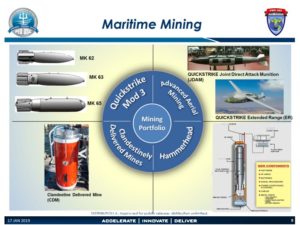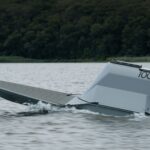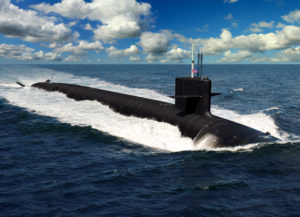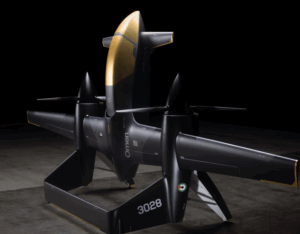
The Navy awarded General Dynamics’ Mission Systems [GD] a $93 million contract on Sept. 30 to design, test and deliver the Hammerhead Prototype encapsulated anti-submarine warfare mine system. The Navy aims for the Hammerheads to be deployed from unmanned underwater vehicles to detect, classify and destroy anti-submarine warfare targets. According to a 2020 presolicitation post, Hammerhead will feature an encapsulated Mk 54 torpedo effector, which will be released to acquire and engage underwater targets. The service’s conceptual configuration of the…

 By
By 











